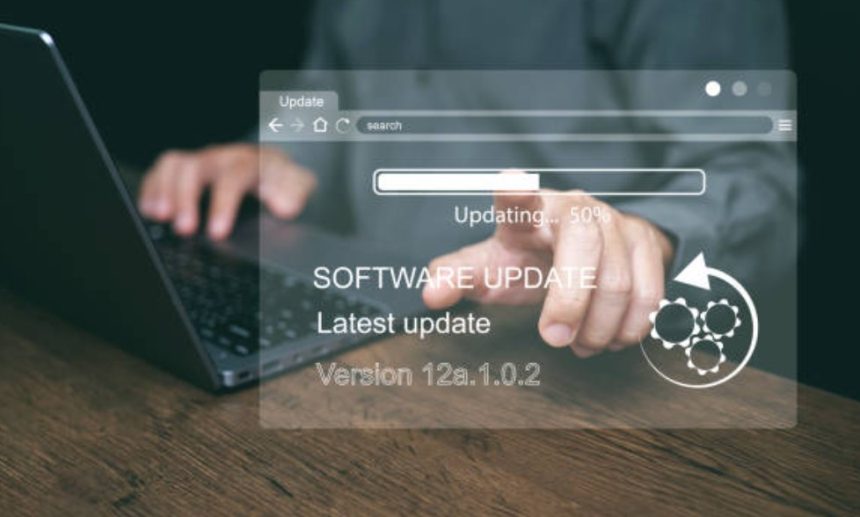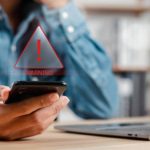When your computer suddenly slows down or starts behaving oddly, and you notice an unfamiliar software version like ralbel28.2.5, alarm bells should ring. Across UK tech forums and community boards, users are reporting strange activity related to this file or software name. But what exactly is ralbel28.2.5, and should you be worried?
In this guide, we explore what this version means, whether it’s dangerous, and how to remove it safely from your system.
What is ralbel28.2.5, and Why Are Users Seeing It?
Strange Software Version with No Official Source
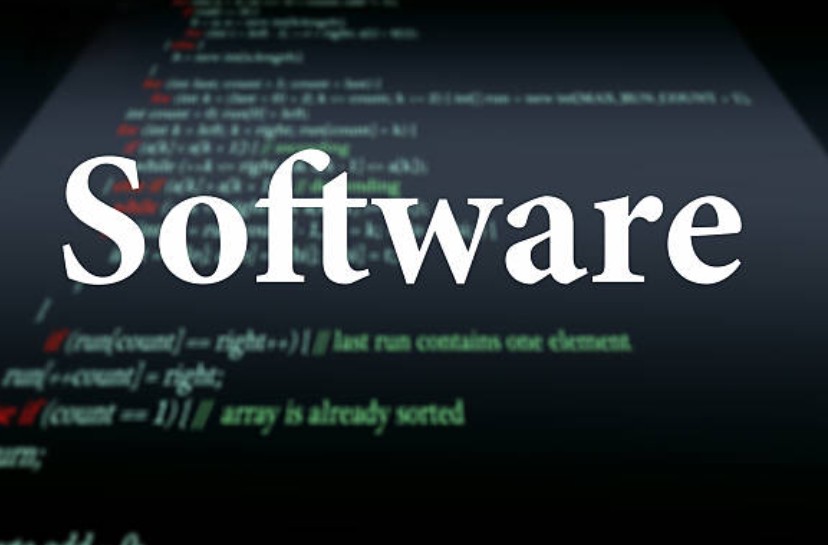
The term ralbel28.2.5 appears to be associated with a software version number, but not one that belongs to any known or verified application. Unlike recognised software like Chrome, Microsoft Office, or Nvidia drivers, ralbel28.2.5 has no official documentation or vendor attribution.
Is It a Legitimate Driver or a Rogue Installer?
In most cases, this “update” shows up in:
- System pop-ups mimicking official update alerts
- Unwanted software installs bundled with free downloads
- Fake system cleaners or driver update tools
Since there is no official release linked to this version, experts classify it as a potentially unwanted program (PUP) or possibly a malware variant disguised as a helpful utility.
How It Typically Shows Up?
Most UK users say they encountered ralbel28.2.5:
- During the installation of third-party software
- As a pop-up alert while browsing unsecured websites
- After clicking a suspicious download or system notification
This deceptive behaviour suggests it’s not just software — it could be a vehicle for adware, spyware, or fake drivers.
Is ralbel28.2.5 Safe or Malicious?
Analysis of Known Malware Behaviour
Many files or programs operating under names like ralbel28.2.5 have been associated with:
- Browser hijacking
- System monitoring or keylogging
- Advertising injection into browsers
- Creation of fake update alerts to prompt further downloads
Antivirus & Firewall Reactions to ralbel28.2.5
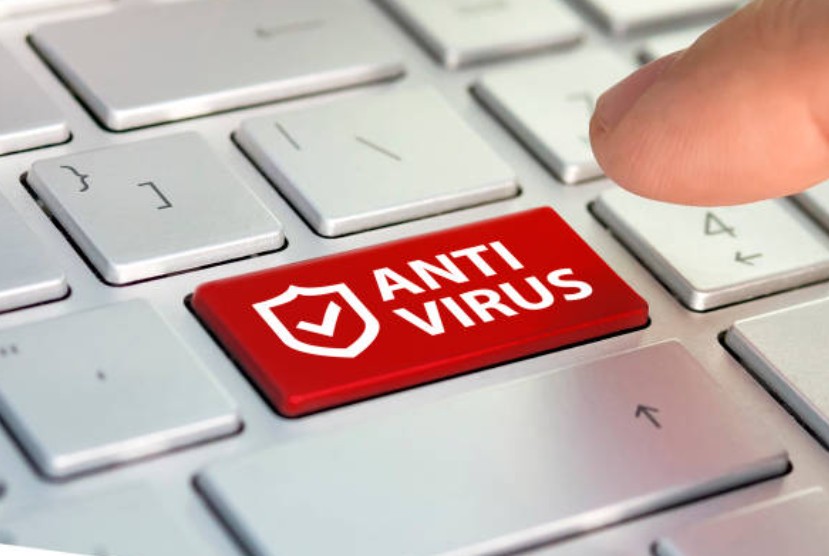
Users running tools like Malwarebytes, Bitdefender, or Windows Defender have reported:
- Automatic flagging of ralbel28.2.5 as PUP.Optional
- Suspicious outbound connection attempts
- Unexpected registry changes were detected after the file ran
How to Check If It’s Harmful to Your System?
Here’s how to verify if ralbel28.2.5 is a threat:
- Open Task Manager (Ctrl + Shift + Esc)
- Look for any running processes named ralbel28.2.5.exe or similar
- Check the location of the file (anything outside Program Files or Windows folders is suspect)
- Run a full system scan with a trusted antivirus
If the process cannot be easily stopped, or if it returns after reboot, it’s likely malicious.
What Issues Can ralbel28.2.5 Cause on Your Device?
Common Symptoms Reported by Users:
- System Slowdowns: RAM and CPU usage spikes unexpectedly
- Persistent Pop-Ups: Fake alerts asking users to update software
- Fake System Cleaning Prompts: Trick users into buying useless tools
- Browser Hijacks: Homepage and search engine changes
- Frequent Crashes: Software conflicts and blue screen errors
- Security Warnings: Legitimate antivirus programs block the file
These issues point towards malicious or rogue software rather than a genuine update.
How Did ralbel28.2.5 Get Installed?
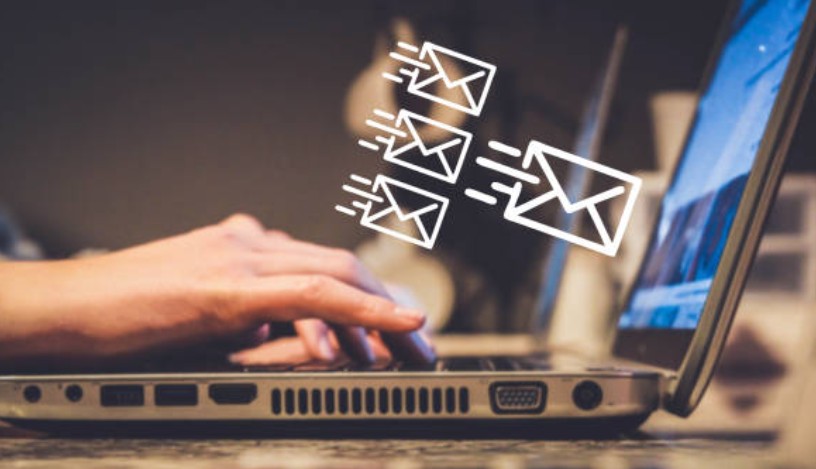
Common Infection Vectors
- Bundled with Freeware: Downloading free software like video converters, PDF tools, or game mods
- Misleading Update Prompts: Clicking “Update Now” on a suspicious website
- Fake Driver Installers: Sites claiming your system drivers are outdated
- Infected Email Attachments: .exe files disguised as system notifications
Mistaking It for a Real Update
Because it mimics real update screens and uses version numbers like 28.2.5, users may believe it’s a genuine update from Windows or a driver provider, especially if it appears in the system tray or browser.
How to Remove ralbel28.2.5 from Your PC?
Manual Uninstallation via Control Panel (Windows)
- Go to Control Panel → Programs → Uninstall a Program
- Look for unknown or suspicious programs, including anything with “realbel” in the name
- Click Uninstall and follow the on-screen steps
- Reboot your computer
Note: This may not completely remove all hidden components.
Using Trusted Malware Removal Tools
For full cleanup, security experts recommend the following:
- Malwarebytes (free and premium versions)
- AdwCleaner (lightweight adware-specific scanner)
- HitmanPro (deep scanning tool with behavioural analysis)
- Spybot Search & Destroy (great for registry tracking)
Recommended Security Tools to Detect and Clean ralbel28.2.5
| Tool | Free Version Available | Real-Time Protection | Known to Detect ralbel28.2.5 |
|---|---|---|---|
| Malwarebytes | Yes | Yes | Confirmed Detection |
| HitmanPro | Yes (Trial) | Yes (Trial) | User Reports |
| AdwCleaner | Yes | No | Effective on Adware |
| Windows Defender | Built-In | Yes | Limited Detection |
Always download from official websites to avoid more infections.
How to Prevent Similar Fake Software Issues in the Future?
Best Practices for UK Users
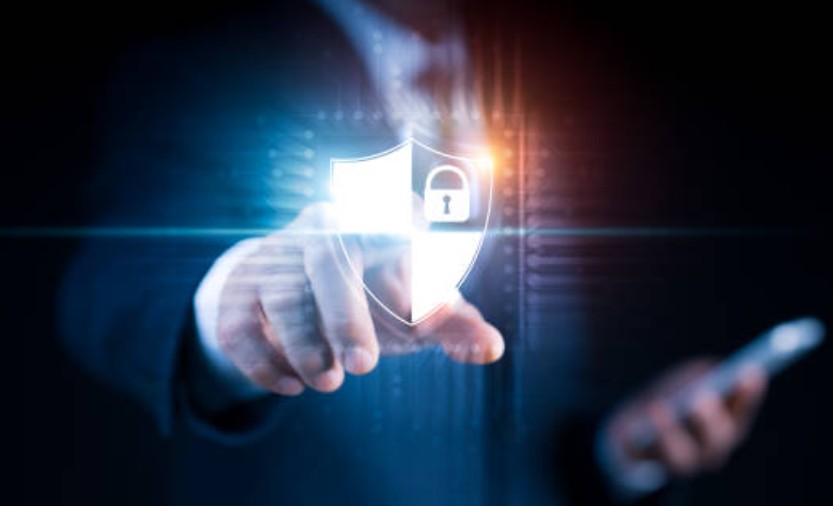
- Update Software Only via Official Sources: Never trust pop-up update links
- Use Ad Blockers: They reduce exposure to malicious ads
- Keep Antivirus Tools Active and Updated
- Don’t Install Freeware Without Custom Settings: Uncheck additional offers during install.
- Enable Browser Security Settings: Use secure DNS, block third-party cookies, and scan downloads.
By following these steps, you can significantly reduce the risk of encountering fake updates or malware disguised as legitimate software.
Conclusion: What to Do If You Encounter the Software ralbel28.2.5 Issue?
Final Removal Steps
- Run a full scan with Malwarebytes or HitmanPro
- Manually uninstall any suspicious applications
- Reset affected browsers
- Update Windows and your antivirus software
- Clear your DNS cache (
ipconfig /flushdnsIn Command Prompt)
️ When to Seek Professional IT Help?
If the issue persists after removal attempts, or if the system has suffered repeated crashes, it’s wise to consult with:
- A local IT support service
- Microsoft-certified professionals
- Cybersecurity consultants (for business users)
Keeping Your System Clean Moving Forward
- Use a layered security approach
- Back up important files regularly
- Schedule weekly malware scans
- Stay informed about trending tech threats (like this one)



